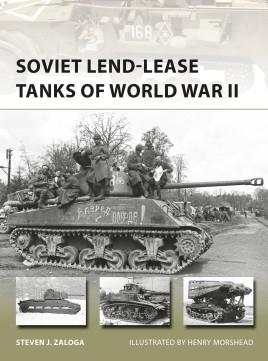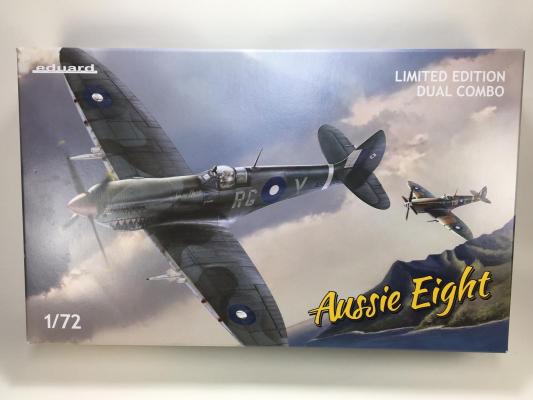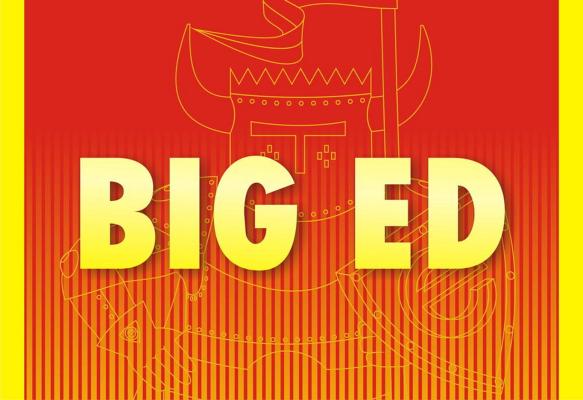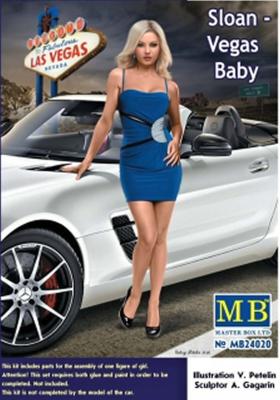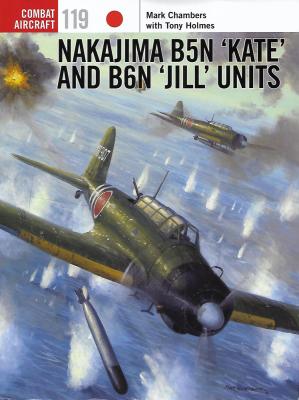Osprey’s latest publication is this study of the types of tanks shipped to the Soviet Union starting in late 1941 and continuing through the end of the war under the Lend-Lease Program. Due to their armor losses following the success of Germany’s Operation Barbarossa, the Red Army desperately needed replacements and turned to their allies for help.
Welcome to the IPMS/USA Reviews site!
Introduction: The primary organization of the IPMS/USA Review website is by IPMS/USA National Contest Class. Within each Class there are sub-menus by kits, decals, books, etc. The Miscellaneous Class is for items that are not class specific or that cross two or more classes.
IPMS/USA Members: We encourage you to submit reviews, both here and to the Journal. To volunteer for membership in the IPMS/USA "Reviewers Corps" and submit your own reviews, please read the Guidelines For Submitting Product Reviews.
Manufacturers, publishers, and other industry members: IPMS/USA is pleased to offer your company the opportunity for product reviews. All product reviews are performed by IPMS/USA members, and are posted in the publicly-accessible section of our website. With very few exceptions, we perform full build reviews of new kit releases, aftermarket products, and supplies. If you would care to provide product samples for review, please contact John Noack, IPMS/USA 1st VP.
To learn more about IPMS/USA, please see our About Us page.
The Supermarine Spitfire is one of the iconic fighters of World War Two. Entering service at the beginning of the conflict, it was continually upgraded and improved throughout the war. As Japanese Navy air attacks on Darwin demonstrated, the Royal Australian Air Force needed a high altitude fighter to supplement its low altitude fighters, such as the Curtis Kittyhawk (P-40). After reviewing the projected performance of the Spitfire Mk. VIII, the Australian government requested delivery of Spitfire Mk. VIII’s to fulfill this role. The RAAF eventually received over 400 of this version of the Spitfire and operated it in several theaters.
Introduction
Much has been published on the Tamiya 1/48th scale F-14A Tomcat already. Finally an F-14A kit that is fun to build, with outstanding detail, fit and engineering. By itself, out of the box, the kit build will result in an amazing model. However................many of us cannot leave well enough alone and need to add some aftermarket accessories. Eduard offers aftermarket accessories that are hard to resist no matter the quality of the base kit. With the Tamiya F-14A they have done it again.
Personally I prefer to add add photo etch and some resin aftermarket items to many of my builds. When I aquired my Tamiya Tomcat I began to purchase several aftermarket items. When the opportunity arose to volunteer to review the Eduard Big Ed set of photo etch, canopy mask and seat belts I could not resist.
Masterbox Models in the Ukraine has been at the forefront of the figure end of the modeling business for some time now, never fearing to take some interesting chances on the market. This latest series of figures, designed to accompany most car models with some lovely ladies, has been no exception.
The Imperial Japanese Navy entered the Pacific War with the most advanced ship-based attack bomber in the world, flown by the most experienced aircrews of any service. First flown in 1937, and introduced into squadron service during the Sino-Japanese conflict in 1938, the Nakajima B5N was faster, flew farther and carried a heavier payload than either of its British or American contemporaries (principally, the Fairey Swordfish and Douglas TBD Devastator, respectively). When used as either a level bomber against stationary targets, or as a torpedo bomber against ships, the “Kate” (as it came to be known to the Allies) would wreak havoc against Japan’s enemies for the first year of the war.











